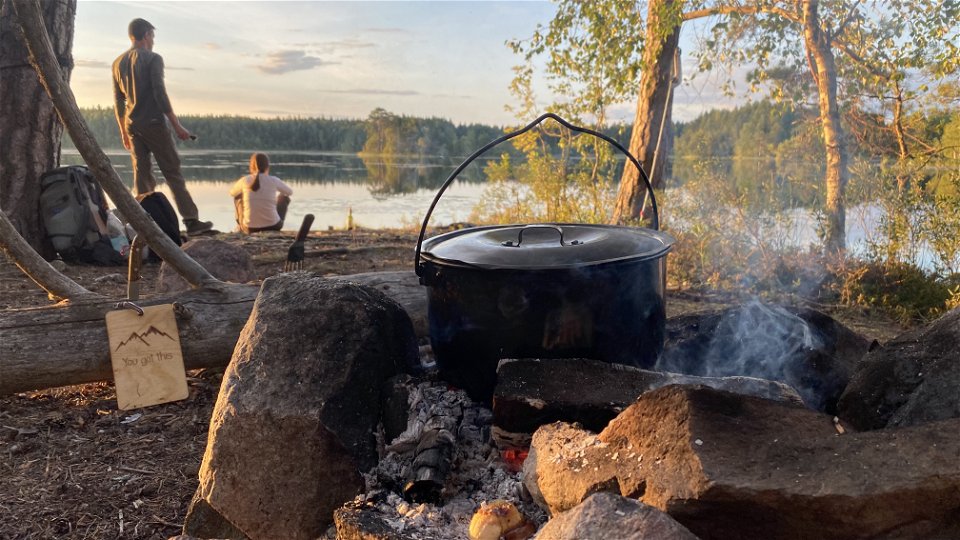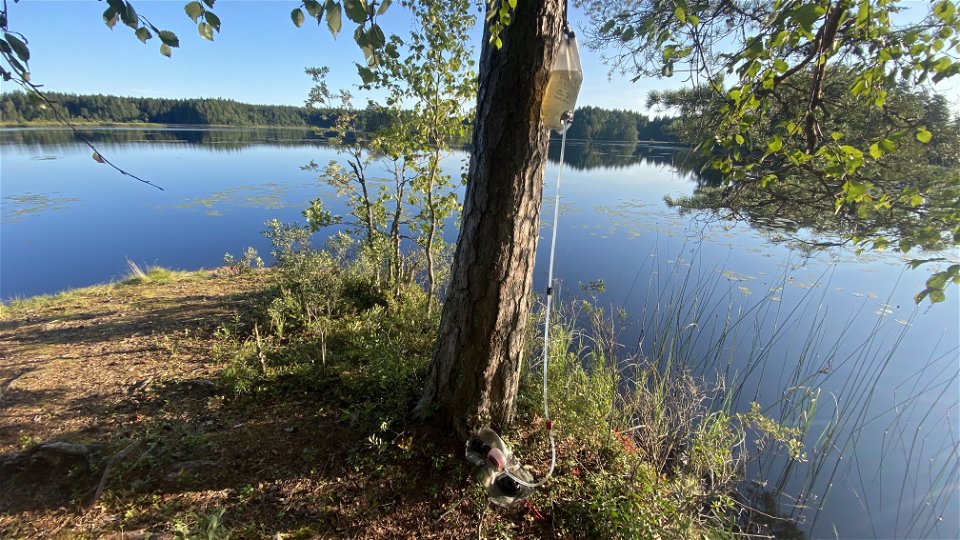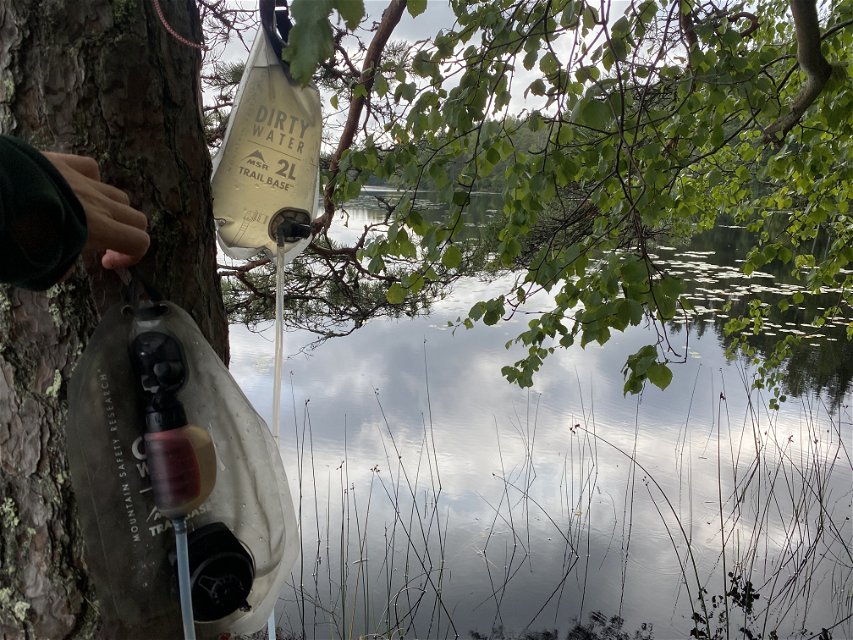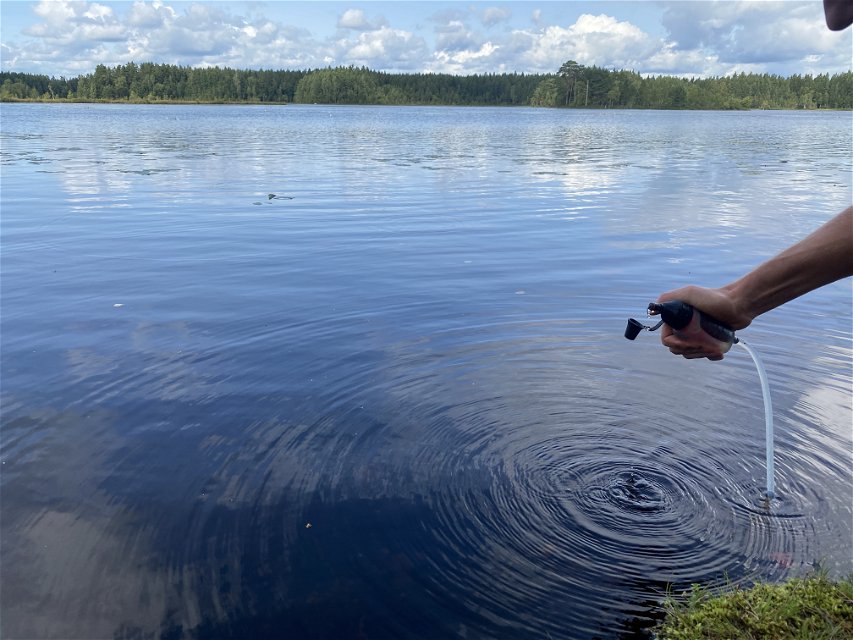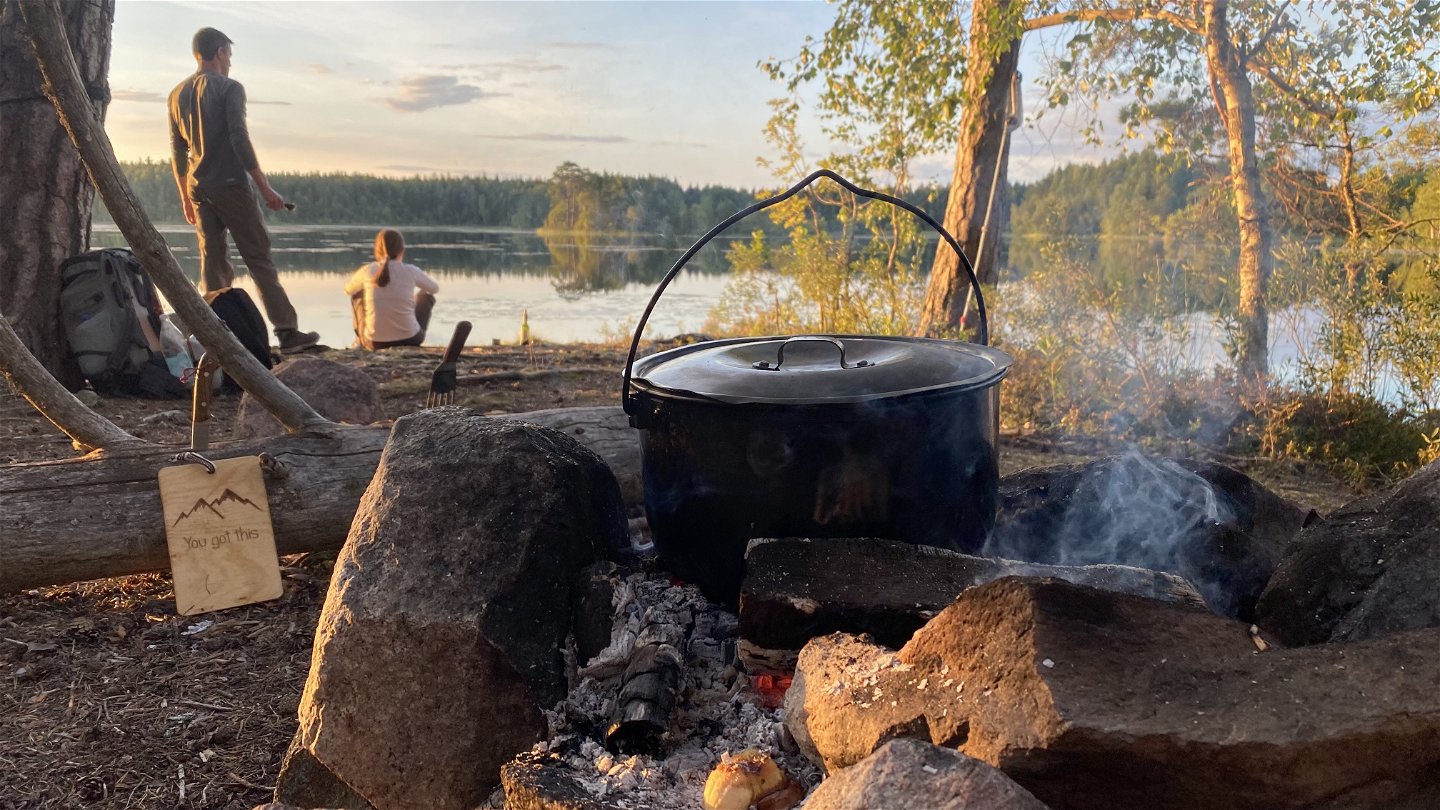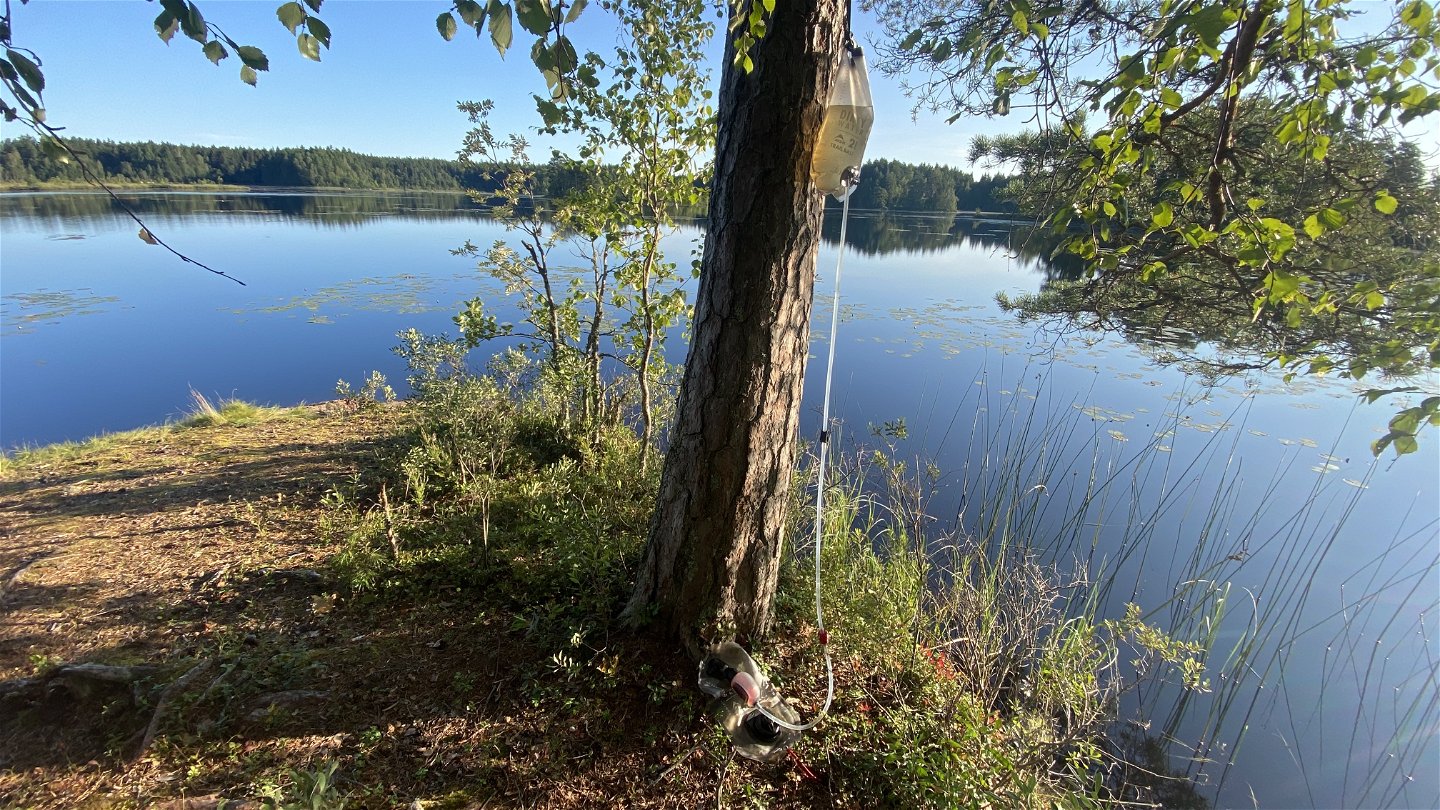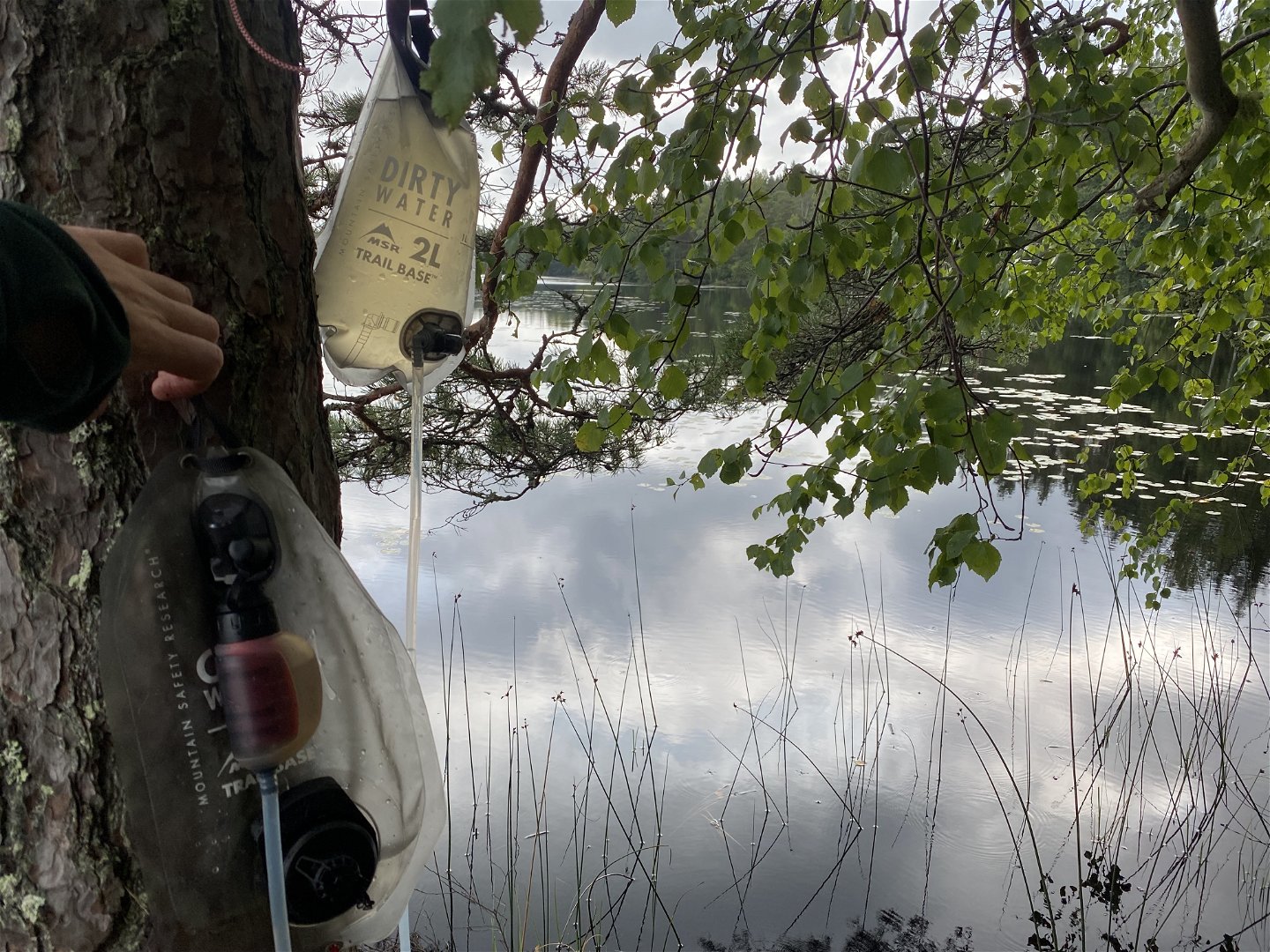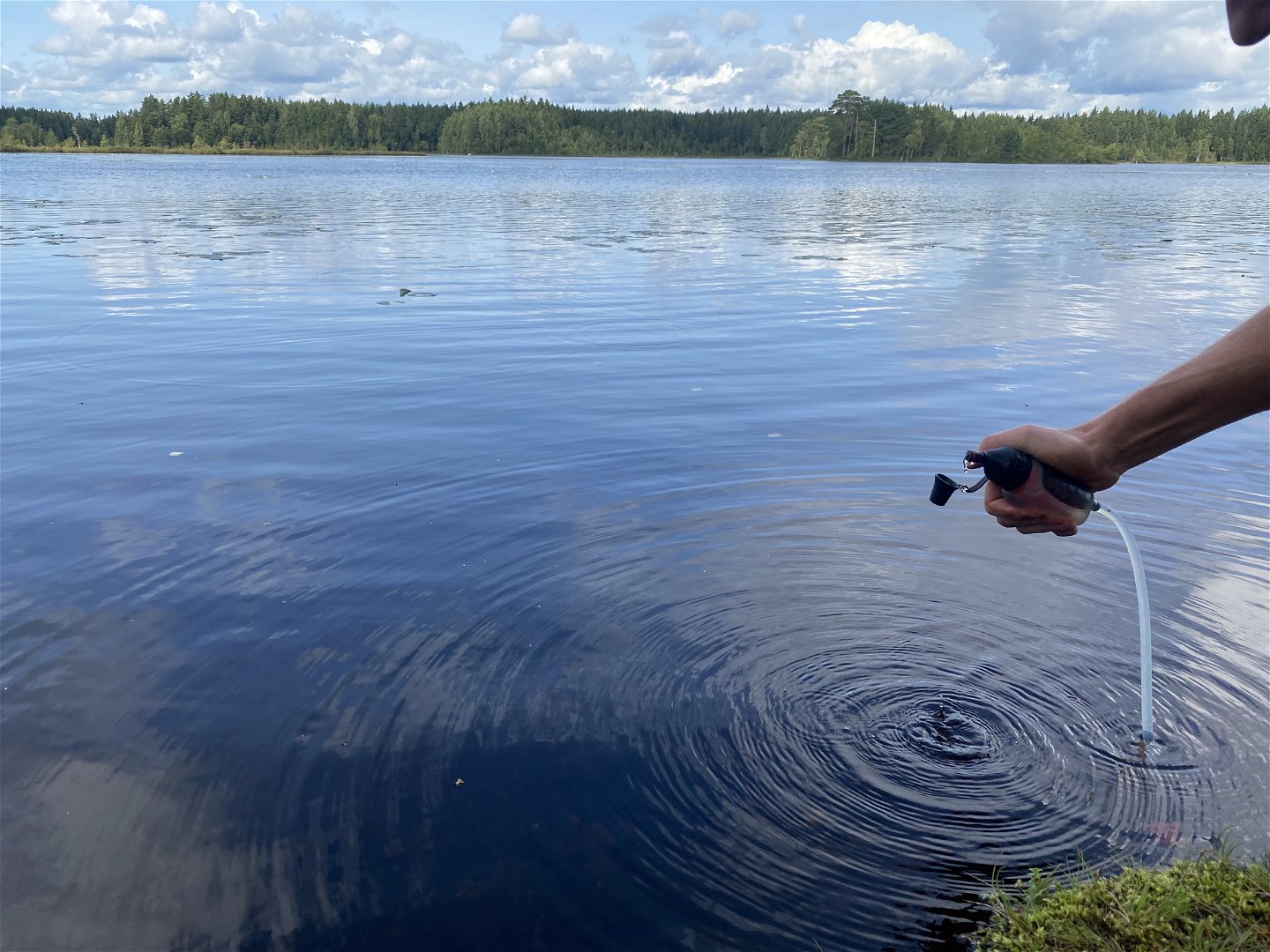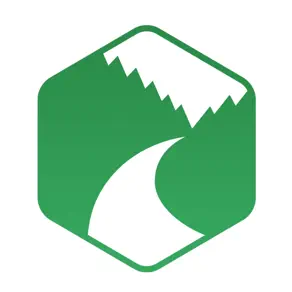Ensuring Safe Hydration: Water Purification Techniques for Hiking in Swedish Terrain
Images
Exploring the vast Swedish mountains provides abundant opportunities to safely drink water directly from the crisp mountain streams. However, the scenario changes when venturing into the forests of Västmanland. Though some natural springs in these woodlands offer drinkable water, it is crucial to purify water from lakes, streams, and rivers before consumption. Failing to do so poses the risk of ingesting harmful microorganisms and bacteria that could lead to illness.
Purification Techniques for Hiking:
Purifying water during a hike is a straightforward process with the right preparations and equipment. We will delve into the four most prevalent methods.
1. Filtration:
Among outdoor enthusiasts, water filters stand out as a popular choice for water purification. Available in various types such as pumps, straws, gravity filters, and those compatible with water bottles, these filters effectively cleanse water from bacteria, microorganisms, and particles that may cloud the water. The choice of filter depends on its intended use and the volume of water to be purified. Compact filters suitable for day hikes can easily screw onto water bottles, while larger pump filters are preferable for groups on multi-day hikes. These filters are readily available in outdoor stores, catering to different budget ranges.
2. Boiling:
Boiling water remains one of the oldest and most reliable methods for water purification. Subjecting water to boiling for at least one minute eliminates the majority of bacteria and microorganisms, rendering it safe to drink. However, boiling does not clarify murky water. While it is generally safe to consume boiled murky lake water, it may retain a faint off-taste. Opting for a clean and clear water source enhances the overall experience. It's important to note that boiling solely addresses bacteria and microorganisms, not potential chemicals. Nevertheless, water purification through boiling is versatile, extending its effectiveness even during winter where snow can serve as a purified water source.
3. Water Purification Tablets:
Water purification tablets offer a portable and user-friendly option. Infused with chemicals that disinfect water by eradicating bacteria and microorganisms, these tablets provide a simple and effective purification solution. However, they do not filter out particles causing water cloudiness and may impart a slight chlorine-like taste. These tablets are widely available at outdoor stores, with detailed instructions provided on the packaging for each brand.
4. UV Light:
Leveraging UV light presents an efficient method to purify water from various bacteria and microorganisms. For hikers, battery-operated UV light wands can be submerged in a water container, completing the purification process in minutes. While this method ensures safe drinking water, similar to tablet-based and boiling methods, it does not address the removal of particles causing water cloudiness. Some residual off-taste may persist, especially when purifying water from murky sources.
Conclusion:
Regardless of the chosen water purification method, it is imperative to bring an adequate number of water containers to carry water between sources. In the midst of warm, physically demanding days, an average fluid intake of 3-4 liters is necessary. Factor in additional water requirements for cooking. With meticulous planning and the right equipment, dehydration and health concerns can be effectively mitigated during your hiking adventure!
Contact
Email address
Organization logotype


